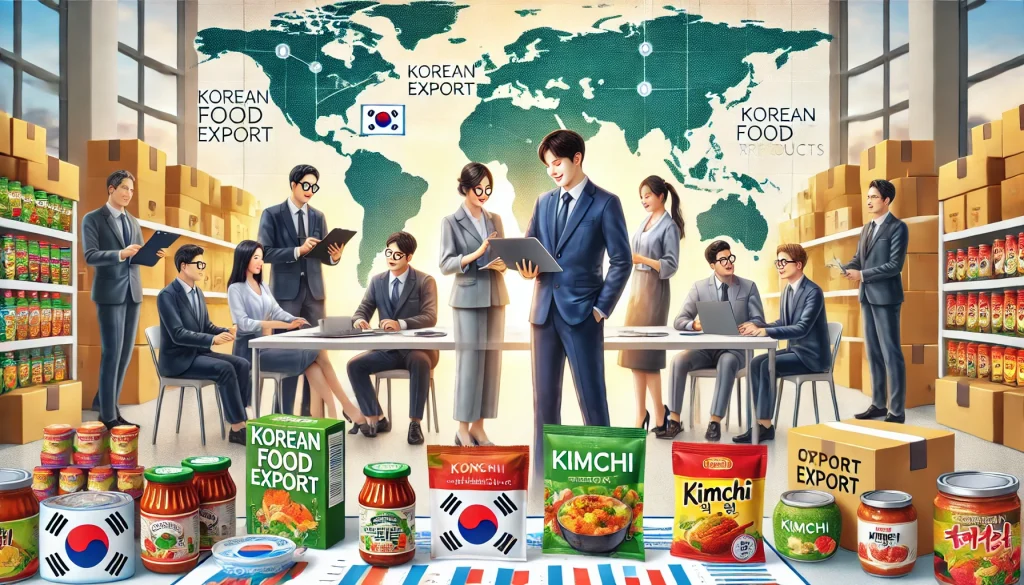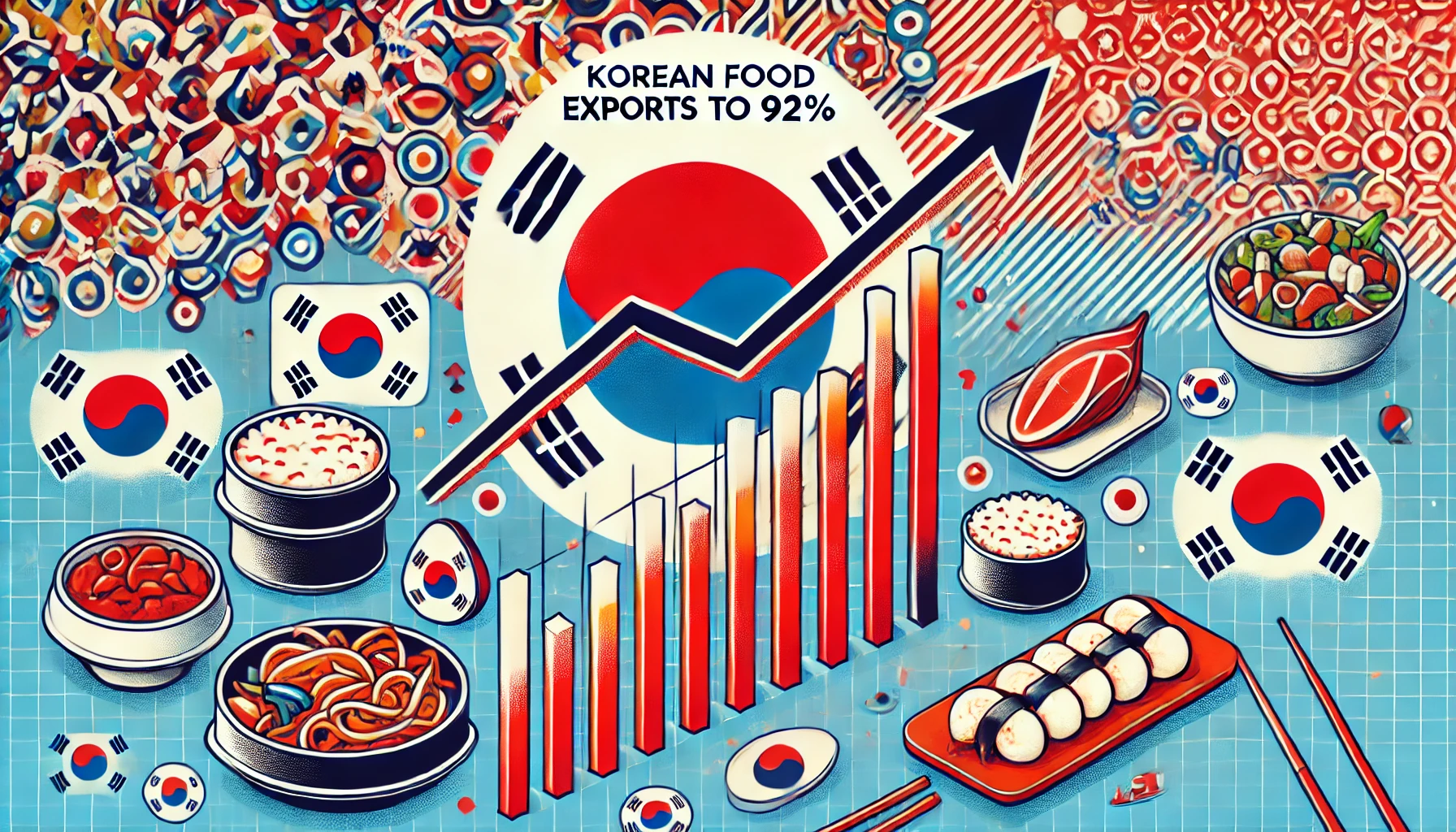Introduction
South Korea has seen a remarkable surge in food exports, increasing by 92%, driven by instant noodles and rice products. This impressive growth showcases the global demand for Korean food and highlights the country’s expanding influence in the international food market.
What Happened
South Korea’s food exports have dramatically increased, particularly in instant noodles and rice products. Instant noodle exports spiked by 34%, while exports of processed rice products, including pre-cooked rice and seaweed rice rolls, soared by 45.7%. This surge is attributed to growing demand from key markets like the United States and Europe (Korea JoongAng Daily, 2024; Xinhua, 2024).
For more details, watch this video:
When and Where

The data, covering the first seven months of 2024, reveals significant milestones for South Korea’s food exports. From January to July, exports increased due to rising global demand and evolving consumer preferences. This growth is particularly notable in the United States and Europe, where Korean food has gained immense popularity (Korea JoongAng Daily, 2024; Xinhua, 2024).
Who is Involved

The Ministry of Agriculture, Food, and Rural Affairs has played a crucial role in promoting and supporting Korean food exports. Major food producers and exporters, including Nongshim and CJ CheilJedang, have capitalized on the growing international demand. These companies have expanded their market reach and diversified their product offerings to meet global tastes (Korea JoongAng Daily, 2024; Xinhua, 2024).
Why It Matters

This surge in food exports is significant for several reasons. It highlights the global appeal of Korean cuisine and its increasing integration into international markets. Additionally, it provides economic benefits to South Korea, boosting revenue and supporting local farmers and food producers. The rising popularity of Korean food also enhances the country’s cultural influence worldwide.
Key Growth Figures in Korean Food Exports (January-July 2024)
| Category | Increase (%) | Export Value (Million USD) |
|---|---|---|
| Instant Noodles | 34.0 | 699 |
| Processed Rice Products | 45.7 | 165 |
| Tobacco Products | 9.0 | 636 |
| Confectionery | 14.7 | 424 |
| Beverages | 10+ | 388 |
Conclusion
The surge in South Korea’s food exports, driven by instant noodles and rice products, highlights the global demand for Korean cuisine. This growth not only boosts the country’s economy but also strengthens its cultural influence worldwide. As South Korea continues to expand its presence in international food markets, the future looks promising for both its food industry and cultural diplomacy.
FAQ
What factors contributed to the rise in Korean food exports?
Factors include increased global demand, effective marketing strategies, and the growing popularity of Korean cuisine. Additionally, government support and the success of the Korean Wave (Hallyu) have played significant roles (Korea JoongAng Daily, 2024).
Which countries are the main importers of Korean food products?
The United States and Europe are major importers, with significant growth also seen in ASEAN countries. These regions have shown a strong interest in Korean food due to its unique flavors and health benefits (Xinhua, 2024).
What are the economic benefits of this surge in food exports for South Korea?
The economic benefits include increased revenue, job creation in the food production and export sectors, and enhanced global presence of Korean brands. This growth supports local farmers and contributes to the national economy (Xinhua, 2024).
References
- MSN News. (2024). Korean food exports rise 92 percent led by instant noodle, rice products. Retrieved from https://www.msn.com/en-us/money/companies/korean-food-exports-rise-92-percent-led-by-instant-noodle-rice-products/ar-AA1ojRPc?ocid=BingNewsVerp
- Xinhua. (2024). S. Korea’s agri-food products export rises 9.2 pct in January-July. Retrieved from https://english.news.cn/asiapacific/20240806/c5fd6126687a41dea528e9ab48b75165/c.html
- Korea JoongAng Daily. (2024). Korean food exports rise 92 percent led by instant noodle, rice products. Retrieved from https://koreajoongangdaily.joins.com/news/2024-08-06/business/economy/Korean-food-exports-rise-92-percent-led-by-instant-noodle-rice-products/2107200

